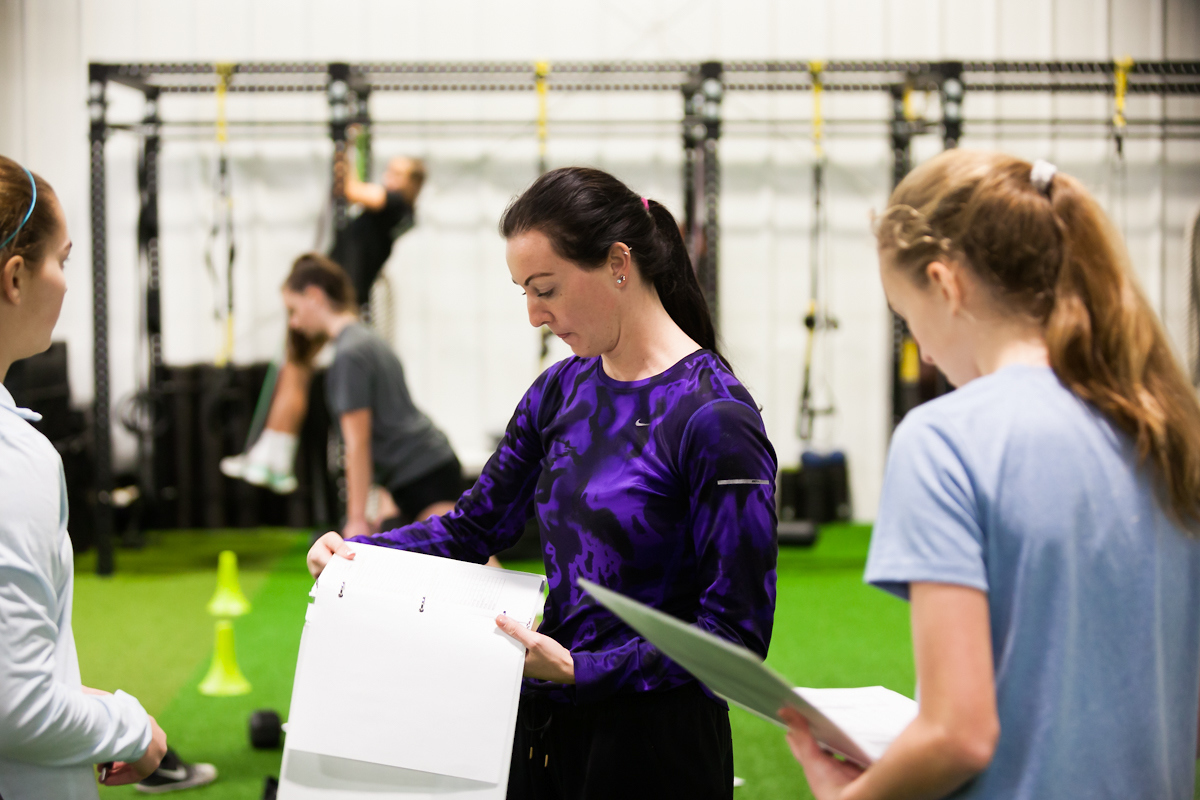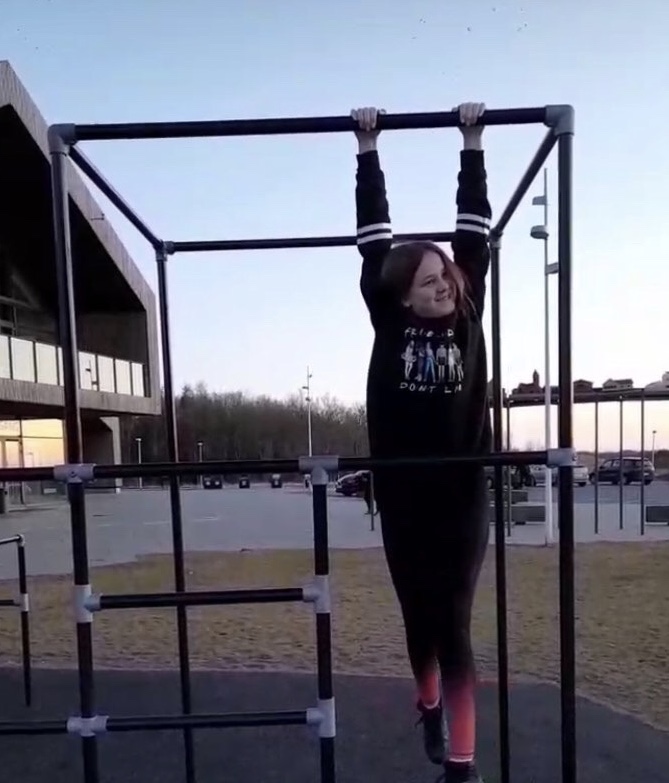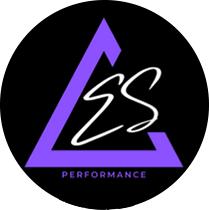
29 Apr In-Season Speed and Strength Training For Youth Athletes
“I don’t have time…”
I hear this from youth coaches and parents all the time.
With the jam packed nature of year-round sports, from 3-4x a week practices, to tournaments and showcases on the weekends, to packing to-go meals and snacks, to commuting copious amounts of miles and hours, to ensuring everyone maintains their sanity, it can be hard to squeak in another activity on the calendar: speed and strength training.
Of course I understand how busy and overwhelming this all can get, but I also understand and feel it’s my duty to be transparent with everyone: year-round speed and training is a must if you want your young athletes to do these:
– Improve speed
– Reduce injury risk
– Stay resilient to overuse and over-training
– Improve movement quality and change of direction
– Withstand the demands of the game (deceleration, sprints, jumps, cuts)
When it comes to in-season workout templates, the good news is, you don’t need to get wild.
The solution is magically simple, and saves you an immense amount of time. First and foremost, I recommend your young athletes see an in-person performance coach, but if the time spent driving to their facility is too much during the season, in-season workouts can be easy to execute at home or on the neighborhood playground.

Sample In-Season Workout
SL Bridge Hip Flexor 1×15 each
Pull-Up 4×5
Goblet Split Squat 3×5 each
Dumbbell Floor Press 3×6-8
SL Deadlift 3×5-6 each
Bodyweight:
Add load once proficient:
Of course, as the season progresses, the set and rep schemes will change so athletes can build strength and not stagnate, but also, do so without taxing the body too much. In-season workouts should leave the athlete feeling good and energized, not sore and defeated. This is why the sets and reps remain low and admittedly, I don’t venture over 6 reps, unless it’s hip or upper body isolation work.
In-season workouts should leave the athlete feeling good and energized, not sore and defeated Share on XBe sure to get in 1-2x a week strength, no longer than 30 minute workouts. On game days, you can perform this recovery circuit post-match:
Recovery Circuit
15-30 minute walk (no mobile device)
Hang (perform on goal post secured into ground, playground monkey bars, or purchase a pull-up bar for the home)
Standing Hip Flexor Mobility
Crab Reach
Meditation (as long as possible, HERE is a podcast full of various meditation techniques)
Every recovery circuit should be non-impact, especially because youth athletes are pounding on their joints several times a week. With that said, I urge them to cut it out with the jogging as recovery and instead, perform non-impact aerobic work, combined with parasympathetic nervous system drills such as walking without a phone and meditating for as long as possible.
Any athlete is as potent as their recovery routine.
Any athlete is as potent as their recovery routine. Share on XIf they keep grinding year-round with no nervous system breaks, they will suffer in the form of injury, sickness, or worse yet, mental burn out and loss of excitement for sport.
Enjoy these sample templates and let me know how you do. 🙂
For a general year-round speed, strength and conditioning program, GET TOTAL YOUTH SOCCER FITNESS 365.
For more specific and customized programs, to work with me remotely on my phone app, participate in weekly Zoom check-ins, and daily access to text messaging and booking one-on-one calls with me, GET IN TOUCH HERE.



No Comments